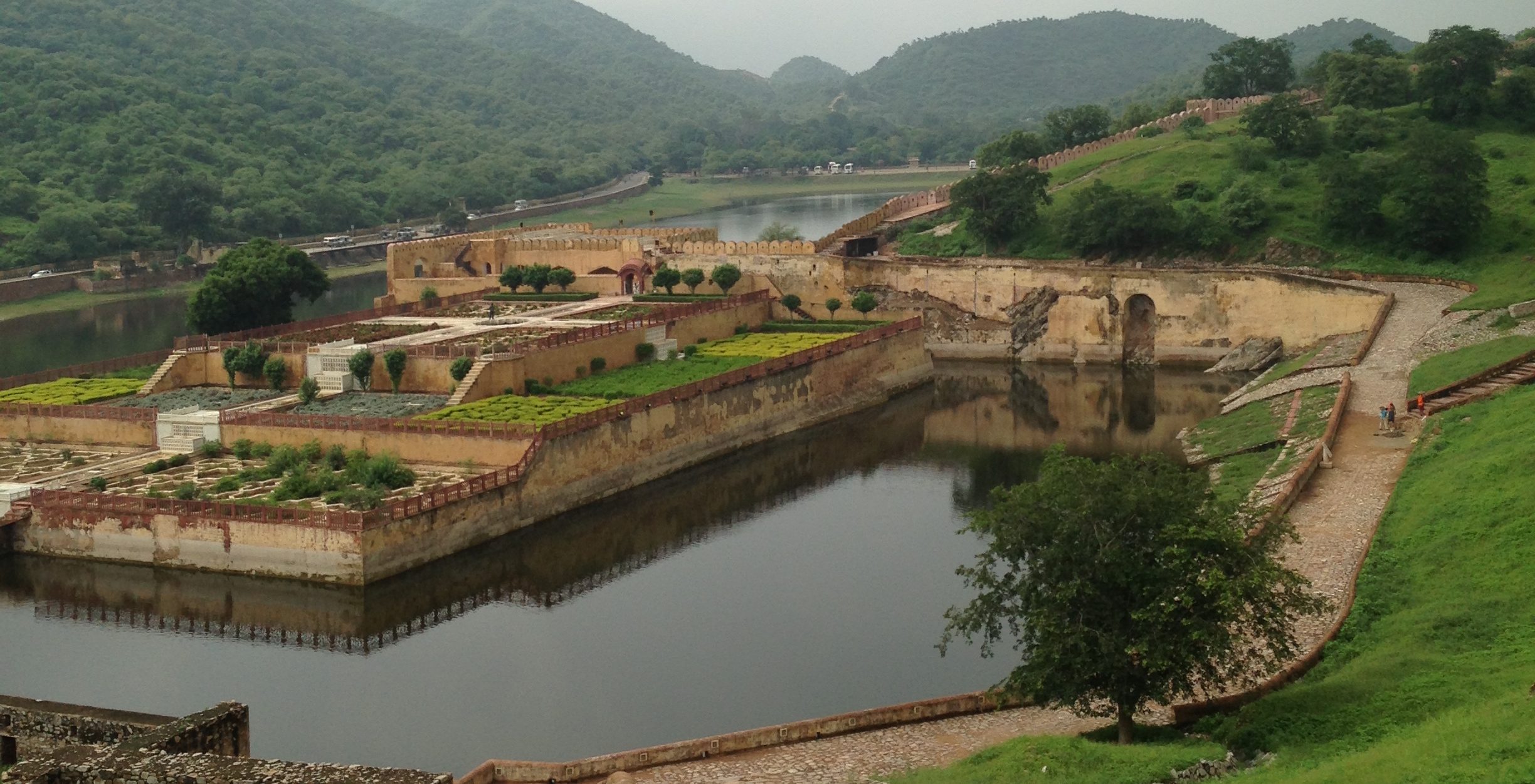November 2021
I recently attended an event called ”Accessibility and Opportunity for All? An Evaluation of Industry Specific Employment Change in New Transit Service Areas” hosted by the Center of Peace and Development through the College of International Studies. This presentation was held by Professor Joel Mendez who highlighted the importance of city planning and transportation and its importance in economic development and social justice.
He first started by explaining that many cities need to be more walkable and so changing the landscape is a key element in achieving this. Some concepts he mentioned included the role of a central business district, and how as the cities became more industrialized, many median/high income people began to move towards the periphery of the cities. He said that the development of city centers causes this activity which is fueled by natural evolution, white flight, and racist government policies. As a part of racist government policies, he mentioned the Federal Housing Act of 1934 which aimed to make housing more accessible and affordable. The development of cities created a shift in economic activity which impacted central city residents. Some of the impacts of this included work opportunities that were closer to transit as well as increased employment in inner city systems. However, this also led to gentrification which is the displacement of people away from their neighborhoods, and pushes them further away from resources like transit.
This presentation reminded me of the class discussion over structural violence. Structural violence is defined as the systematic ways in which structures harm or disadvantage individuals. Gentrification is a perfect example of structural violence as it displaces people from their own communities as it becomes too expensive to live in, pushing them further and further away from resources. This can lead to lack of access to transportation and even education which further disadvantages these individuals. This presentation helped to highlight the impacts of the built environment, and ways that cities can help to combat these problems.
